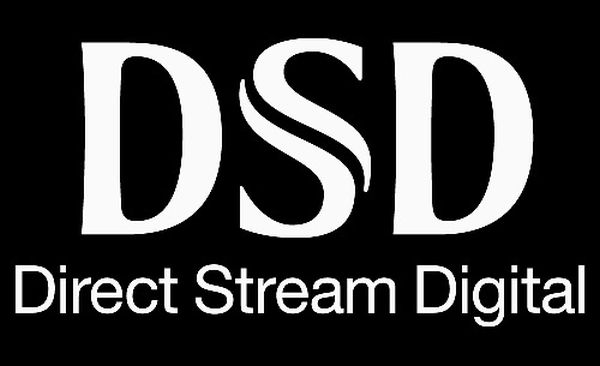By Mark Waldrep
Did you know that DSD is actually 1-bit PCM? Did you also know that it was Sony that used it initially for archiving purposes?
Mark Waldrep, PhD, aka Dr Aix of AIX Records and iTrax.com, writes that “in 1995 Sony was looking for a technology to archive their vast catalog of 2-channel analog master tapes and they locked onto delta-sigma as the generic method to record the converted tapes. Crystal Semiconductor had developed an ADC chip that allowed engineers to capture and store the 2.8 MHz 1-bit data stream directly. Thus was born the DSD format.”
He adds that the move to high-resolution audio was initiated in 1995 when the DVD Forum began to look past the venerable CD and consider the next physical format for audio delivery. The benefits of higher sample rates and longer word lengths were being discussed. Meanwhile the eventual DVD format was being developed by teams from Sony/Philips and Toshiba/Time Warner. In 1995, both teams had already developed competing and incompatible formats for consumer video delivery. Sony/Philips had MMCD (multimedia CD) and Toshiba/TW had SD (Super Disc). Both formats used PCM audio with higher sample rates and longer words. DSD was not in play as a consumer format at this time.
“The DVD format was designed to replace VHS tapes and audio took a secondary role. We did get high-resolution audio in 1-channel stereo and 5.1 surround in lossy audio (Dolby Digital) but DVD was all about spinning discs and delivering better video quality. DVD-Video was a resounding success and is still with us 18 years later,” he says.
Also in 1995 Sony had come to the conclusion that they could avoid the whole question of sample rates and word lengths and their impact on fidelity by simply using the 2.8224 MHz 1-bit stream directly.
To read more about DSD from an expert in the music industry who witnessed its birth and current revival, click http://www.realhd-audio.com/?p=3772

